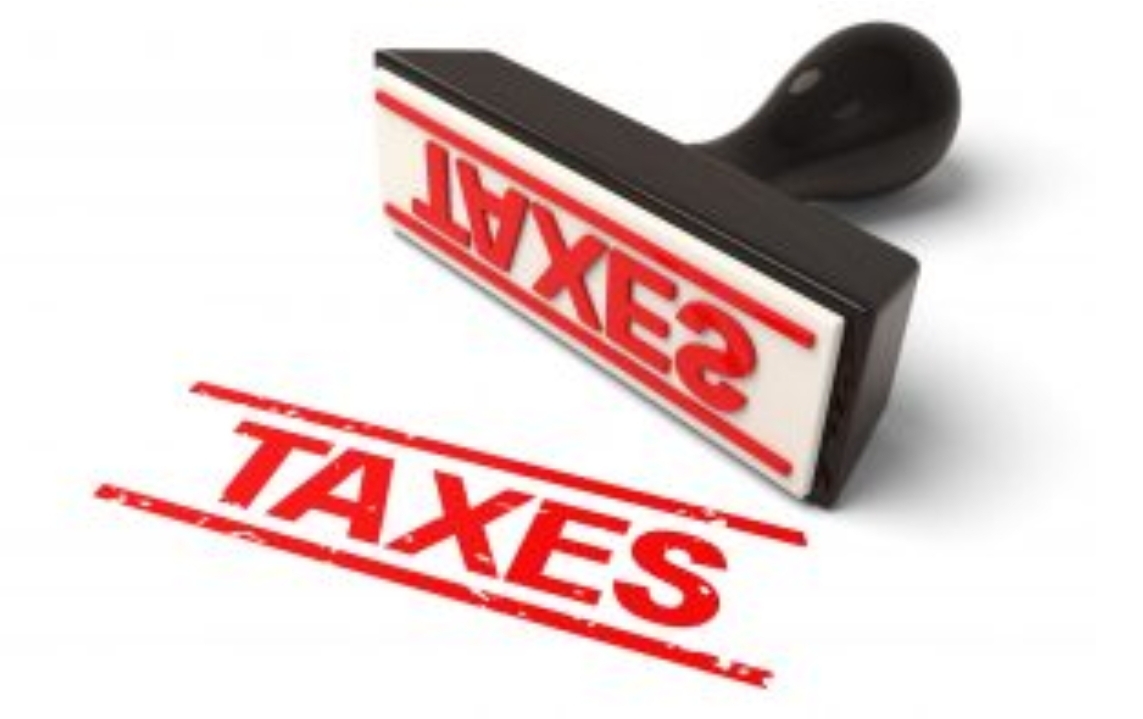While the majority of Americans are accustomed to receiving thousands of dollars—on average—back from the Internal Revenue Service when they file their returns each year, this season some taxpayers could be in for a big surprise.
This year, the average person expects to receive about $3,000, according to a recent survey from GOBankingRates.
However, experts repeatedly warned that more people were at risk of having tax payments underwithheld under the new tax law since employers were using W-4 forms already on file to calculate withholding amounts – that is problematic because the sweeping law changed everything from personal exemptions to the standard deduction.
New data from payroll processing firm ADP showed the “vast majority” of people did not change their W-4 elections from 2017 to 2018. That means refunds could be smaller for some, while others might even owe money.
The Tax Cuts and Jobs Act gave the Treasury Department authority to determine the withholding allowance structure because the old method was no longer suitable, and there was not enough time to issue a new W-4.
According to a simulation conducted by the Government Accountability Office (GAO) in August, which reviewed the revised federal tax withholding tables for 2018 implemented by the IRS and the Treasury Department, 21 percent of workers were at risk of having their taxes underwithheld – 3 million more than projections based on the old tax code. These individuals would be stuck with a bill instead of a refund check come April.
Only 6 percent of taxpayers are expected to have wages accurately withheld, while 73 percent are likely to have their taxes overwithheld. The former is three percentage points less than a simulation conducted using the same withholding structure and the old tax code.
As of October, about 70 percent of Americans had not checked their withholding over the previous six months, according to a survey from tax preparation service Liberty Tax, despite the IRS warnings.
The federal tax agency has already begun urging taxpayers to check their withholding rates for 2019.
Most American households were expected to have received a tax cut as a result of the implementation of the Tax Cuts and Jobs Act.
The good news for those that unintentionally did not pay their full liabilities this year is that the IRS will waive a penalty for taxpayers whose total withholding and estimated tax payments are at least 85 percent of the taxes they owe. During any given year, taxpayers can avoid the underpayment penalty if they paid withholding and estimated tax of at least 90 percent of the amount owed.
On average, more than 70 percent of Americans receive money back from the tax agency. Last year, the average refund was more than $2,890.

COMMENTS